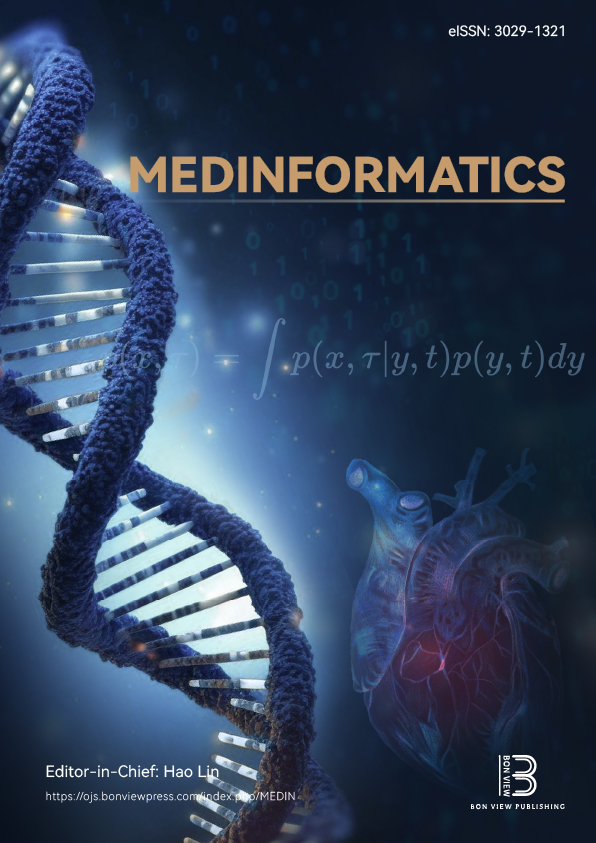Exploration of Various Supervised Machine Learning Algorithms for Predictive Modeling of Caenorhabditis elegans Lifespan-Extending Compound Dataset
DOI:
https://doi.org/10.47852/bonviewMEDIN52024571Keywords:
Caenorhabditis elegans, lifespan-extending compounds, predictive model, machine learning, automated machine learning (AutoML), mljar-supervised, aging researchAbstract
The discovery of compounds that extend lifespan is a key objective in aging research. The nematode Caenorhabditis elegans is an established model organism for studying aging due to its short lifespan and conserved molecular pathways related to longevity. This study aims to develop a predictive model for lifespan-extending compounds using a machine learning (ML) approach with mljar-supervised, an automated ML (AutoML) Python package. Various ML algorithms, including Decision Trees, Random Forest, Extra Trees, XGBoost, LightGBM, CatBoost, and Neural Network, were explored to analyze and predict the efficacy of compounds in extending C. elegans lifespan. In this work, we analyze data from the DrugAge database, which contains chemical compounds and their effect on the lifespan of model organisms. Predictive models were built using ML to predict whether a chemical compound will increase lifespan, using chemical descriptors calculated from each compound's chemical structure. The performance of the models was evaluated using metrics such as accuracy, precision, and recall. These evaluations demonstrated the exceptional predictive capability of the algorithms, achieving a remarkable accuracy rate. The results of this exploration provide insights into optimal ML models for predicting potential lifespanextending compounds and highlight the importance of AutoML in accelerating research in aging and longevity.
Received: 18 October 2024 | Revised: 28 February 2025 | Accepted: 13 March 2025
Conflicts of Interest
The authors declare that they have no conflicts of interest to this work.
Data Availability Statement
The data that support this work are available upon reasonable request to the corresponding author.
Author Contribution Statement
Amisha Bisht: Methodology, Software, Validation, Formal analysis, Investigation, Data curation, Writing – original draft, Visualization. Disha Tewari: Validation, Visualization. Kalpana Rawat: Formal analysis, Data curation. Priyanka Joshi: Investigation, Visualization. Sanjay Kumar: Validation, Data curation, Supervision. Subhash Chandra: Conceptualization, Software, Validation, Data curation, Writing – review & editing, Supervision, Project administration.
Downloads
Published
Issue
Section
License
Copyright (c) 2025 Authors

This work is licensed under a Creative Commons Attribution 4.0 International License.


